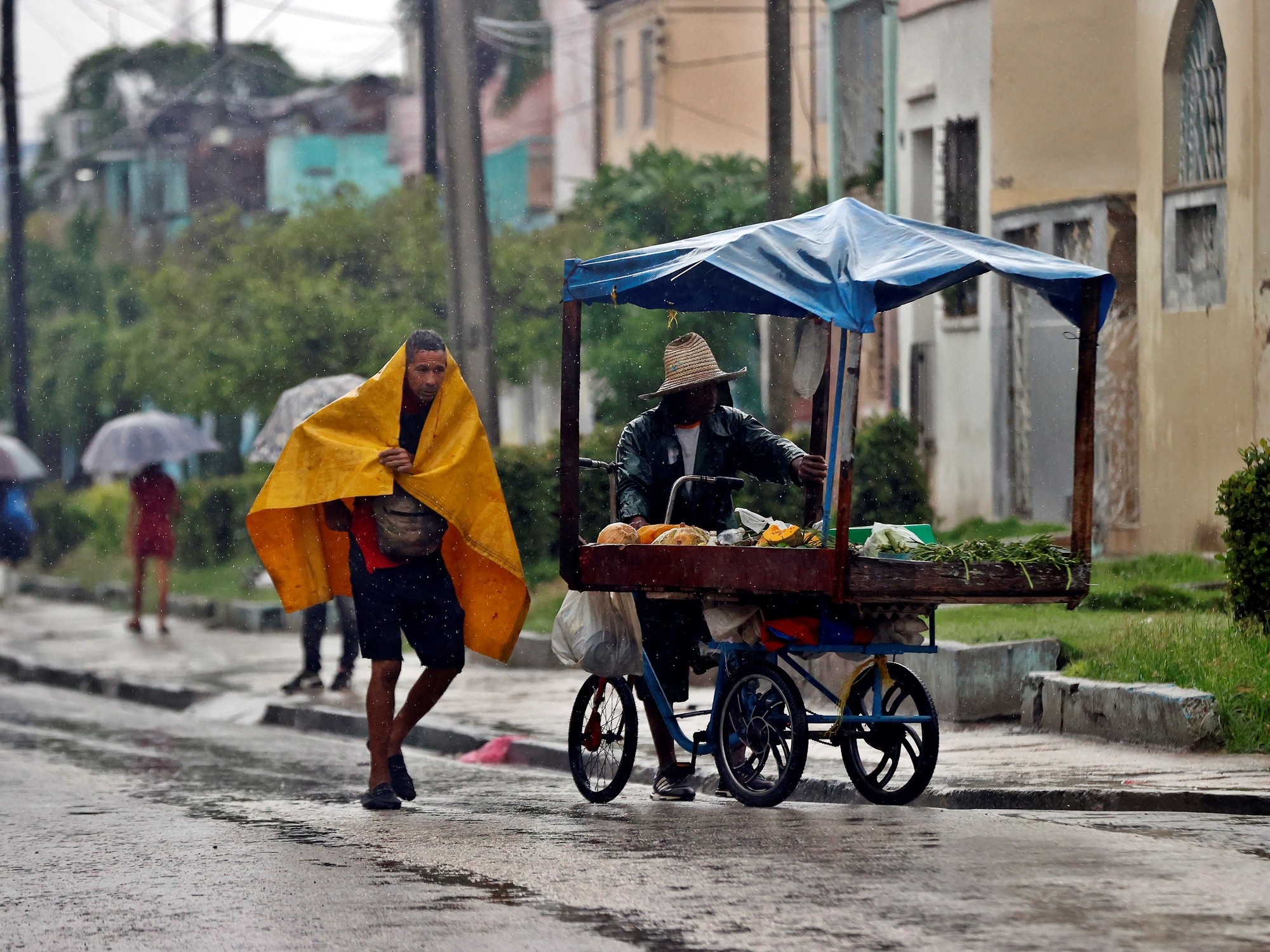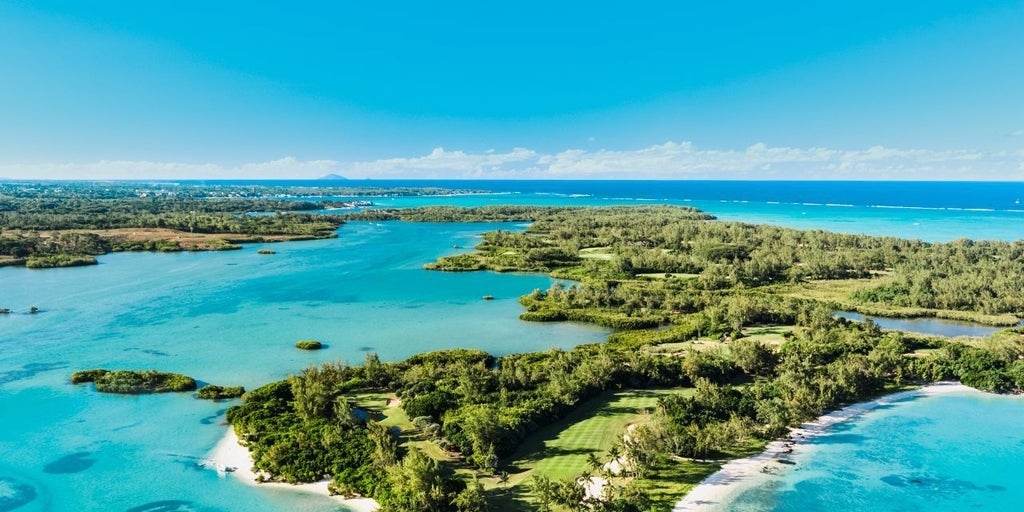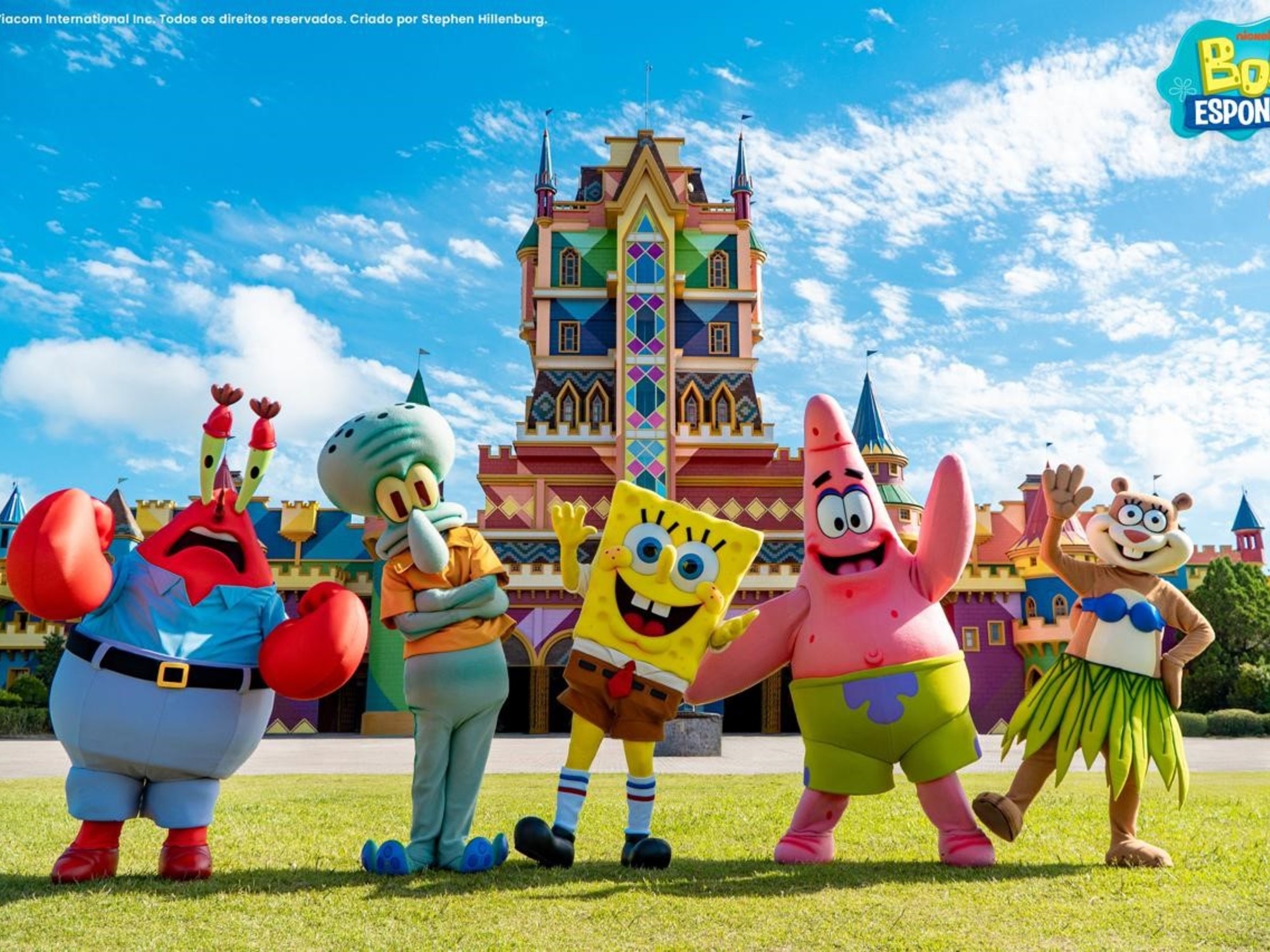Between marigolds and pan de muerto: How to celebrate the Day of the Dead in Mexico like a local?
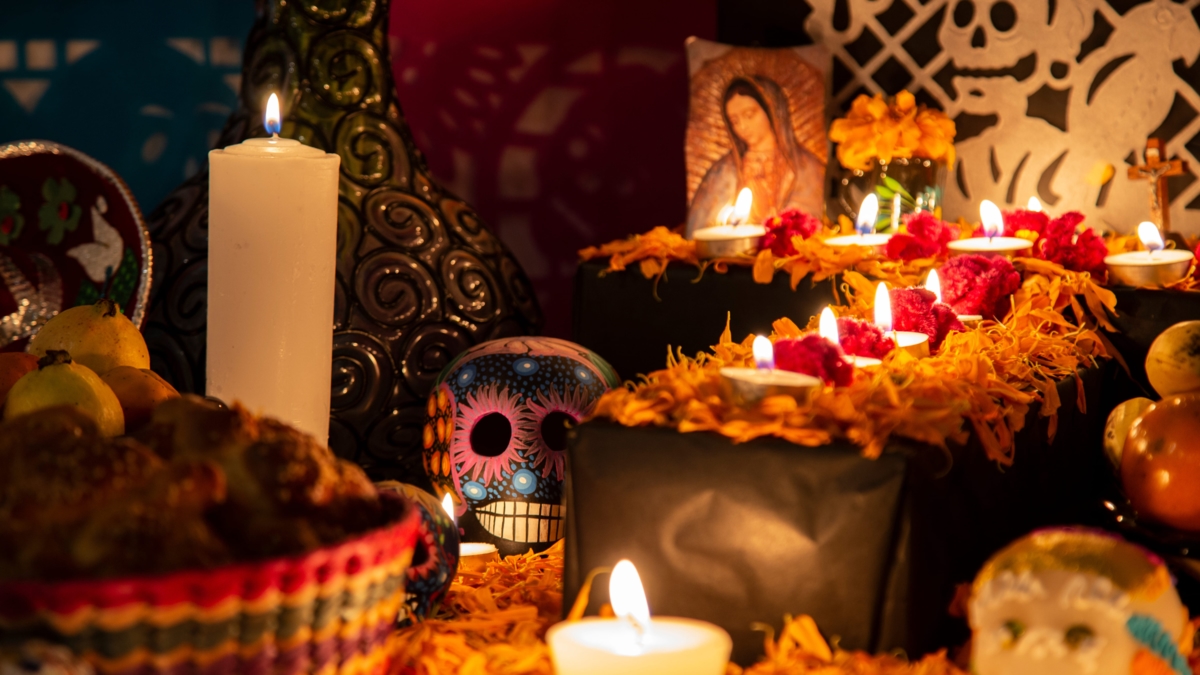
Day of the Dead is one of the most internationally recognized Mexican holidays. It is usually celebrated on November 1st and 2nd, although in several cities across the country , events, exhibitions, and cultural and musical performances take place throughout the month .
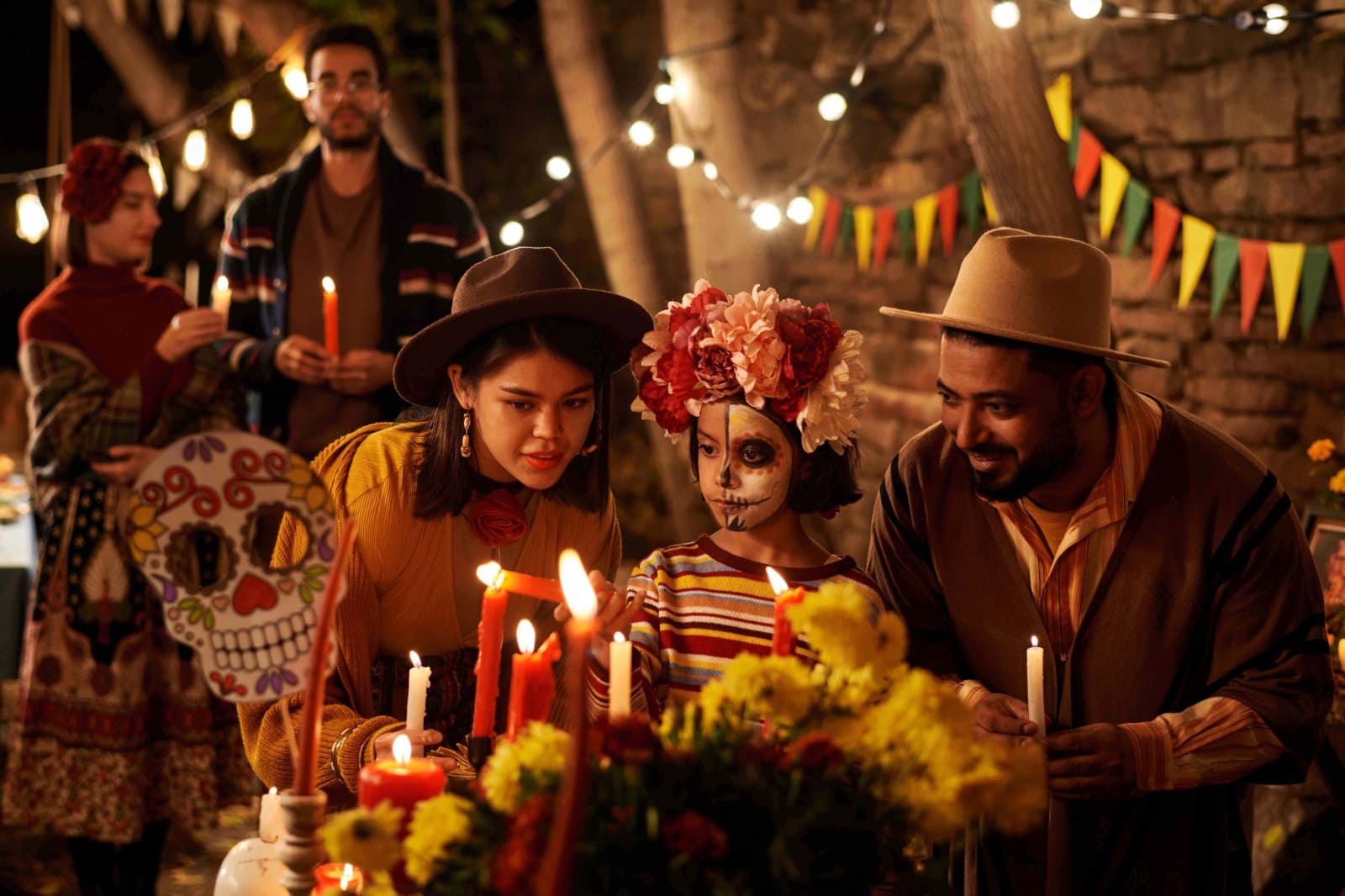
Day of the Dead is very popular worldwide. Photo: Courtesy.
This festival is also recognized by UNESCO as an Intangible Cultural Heritage of Humanity , and every year it attracts thousands of visitors who want to taste the bread of the dead and surround themselves with marigold flowers to honor their loved ones.
Some key moments of this date are the Great Day of the Dead Parade in Mexico City , which runs from the Puerta de los Leones to the Zócalo, or the Great Offering, which transforms the streets with altars and color.
According to Jaime Ulloa, general manager of Viajes Circular, each year there is a greater interest from Colombian travelers in visiting Mexico during this time.
“The Day of the Dead is not only a visually stunning celebration, but a profoundly spiritual experience that connects the visitor with the history, art, and identity of the Mexican people ,” he adds.
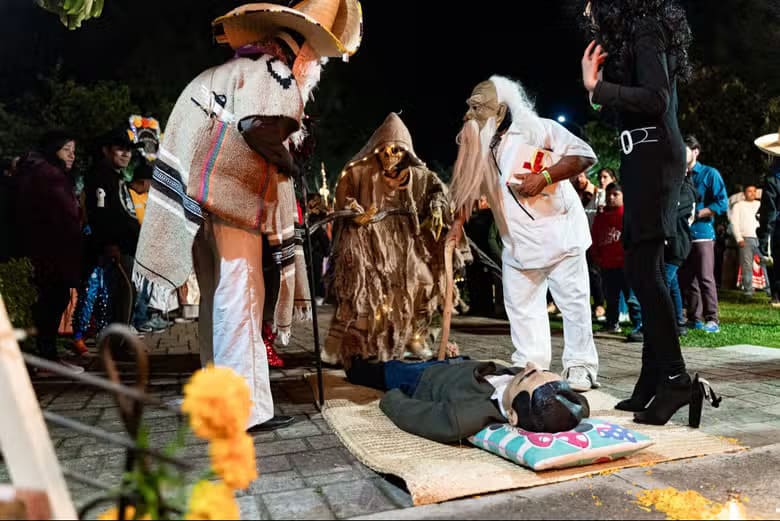
Oaxaca. Photo: Courtesy.
The tour platform Civitatis invited expert Mexican guides, who explain how to experience this tradition with authenticity and nighttime magic , and share their recommendations for enjoying it like a local.
Mexico City: A chilling night with Diego Rivera
The experience begins at the Anáhuacalli Museum, a volcanic stone building designed by Diego Rivera. This place becomes a tribute to life and death, featuring a monumental altar dedicated to a Mexican artist.
Visitors can explore its vaults, where offerings and archaeological pieces are displayed among marigolds and copal incense. Afterward, the celebration continues in Xochimilco: aboard a trajinera (a traditional flat-bottomed boat), they travel along the canals to the rhythm of chilling legends, while enjoying tamales, hot chocolate, and pan de muerto (bread of the dead).
Oaxaca: a nighttime “Death Celebration”
This celebration takes place every November 1st in Etla, a picturesque town in Oaxaca. Its traditional Muerteada is a nighttime procession with over 80 years of history , where the inhabitants, dressed as devils, priests, doctors, and spiritualists, humorously and emotionally reenact the return of the deceased to the world of the living.
The activity recommended by local guides is to have a prior tasting of Oaxacan snacks , such as chocolate, pan de muerto and tamales.
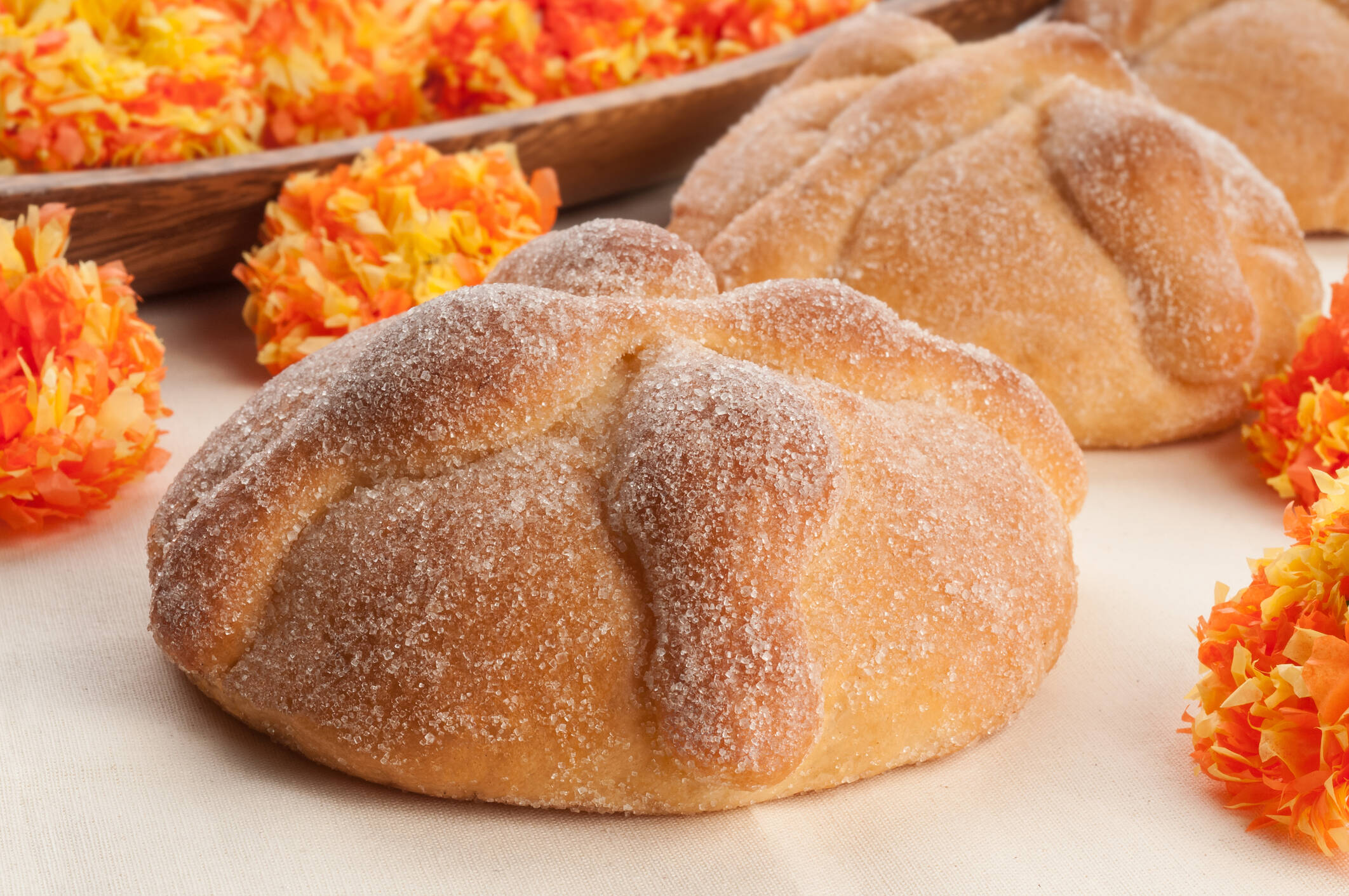
This bread can be filled with cream or taro puree. It's served with black coffee or hot chocolate. Photo: iStock
Puebla: to celebrate with "our hands in the dough"
Bread of the Dead is an emblematic element of every offering, and one of the best ways to experience this tradition is by participating in a workshop in the capital of Puebla to learn how to bake it .
“While kneading the mixture of flour, butter, orange, and orange blossom, participants discover the curiosities of this bread roll: its 'little bones' symbolize the remains of the deceased, the central ball represents the skull, and the sprinkled sugar evokes the sweetness of life. At the end of the workshop, each participant enjoys their own creation fresh from the oven, accompanied by a cup of hot chocolate ,” explains Marcos Sánchez, expert guide at Civitatis located in Puebla.
This day is not celebrated in the same way in all regions of Mexico. In Huaquechula, a small town in southwestern Puebla, homes open their doors to welcome visitors and share food prepared for the souls of the departed. Further north, in Cuetzalan, nestled in the mountains, paper lanterns are released into the sky as farewell messages. And in Chignahuapan, the Festival of Light and Life illuminates the nights to guide the return of the deceased.
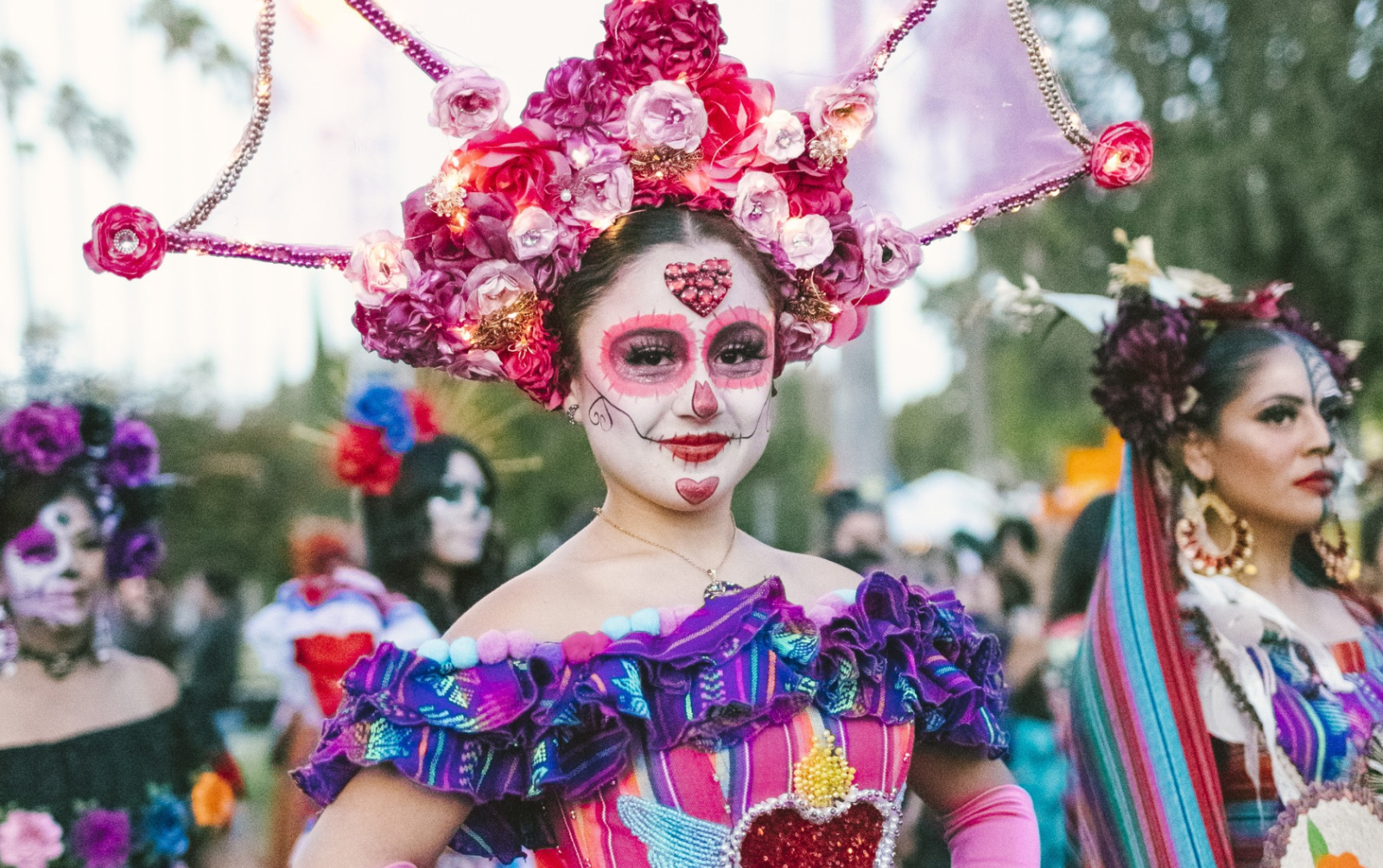
The schedule for celebrating Day of the Dead includes activities such as costume contests. Photo: Hollywood Forever
“Each place has its own way of celebrating, but they all share that deep union between life and death that makes this Mexican tradition so unique ,” concludes Marcos Sánchez, a Mexican guide.
ANGIE RODRÍGUEZ - TRAVEL EDITORIAL - @ANGS0614
eltiempo

